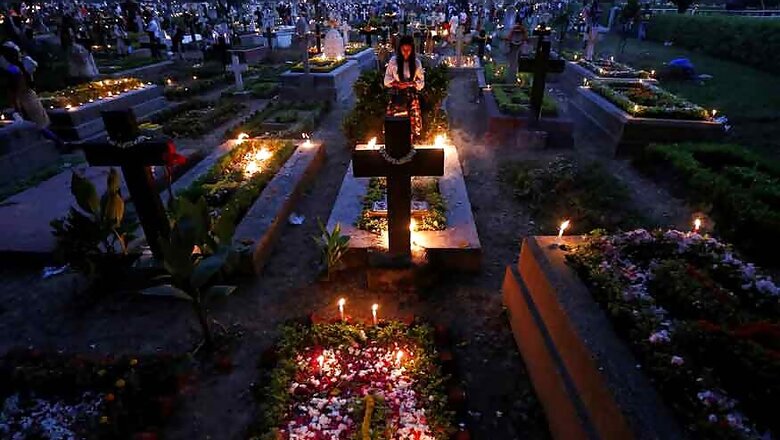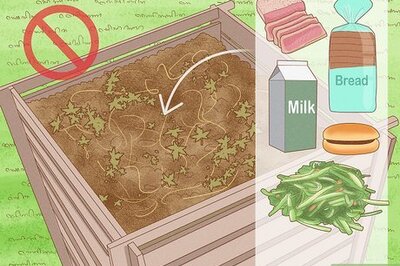
views
New Delhi: The Delhi Waqf Board has prepared a draft model graveyard policy, recommending a fixed 3 to 30 year allotment period for graves and an annual fee ranging from Rs 5000 to Rs 10,000 for burials in view of the shortage of land and problem of encroachments.
The policy also recommends "reuse" of the land and that no pucca or permanent grave be allowed, said a Waqf Board official. The grave would be allowed only on allotment basis for a minimum period of 3 years and up to a period of 30 years against the payment of the fee.
Allotment for 3 years will be done for a fee of Rs 5,000 per year. Where allotment is sought for any period beyond 3 years then the annual fee will be Rs 10,000 per for each year exceeding first 3 years.
The maximum allotment period will be 30 years, read the draft.
The allottee or legal heirs can choose to reuse the grave for further burials, within the period of allotment, it said.
The draft policy has been prepared for the management of Tikona Park graveyard near Hazrat Nizamuddin Dargah. Its successful implementation will serve as a model for management of other graveyards in the city, the official said.
As per the record available with the Delhi Waqf Board, there are 573 notified graveyards. However, only 143 graveyards of varying sizes are actually available for burial as a majority of them are under encroachment, he said.
Till date, there are no set rules or policy followed for management of graveyards in Delhi.
"There is also a hesitant consensus on the reuse of graves. Pucca graves- those covered by ceramic tiles or made of bricks, stones, marble and cement are a normal sight in all of the graveyards. The cumulative effect is dwindling availability of land for burials," noted the draft policy.
If implemented, this policy will not only ensure that Tikona Park graveyard becomes a model graveyard but will also act as a source of reforms of other graveyards in the city, he said.
This policy can be applied to other graveyards depending upon their specific features.
"While preparing this policy, efforts have been made not to interfere with the religious part of burial practices. The policy primarily aims to achieve a mechanism to manage the property," he added.
The policy suggests use of 60 per cent land of a graveyard for burials, 30 per cent for greenery and remaining for temporary structures.




















Comments
0 comment